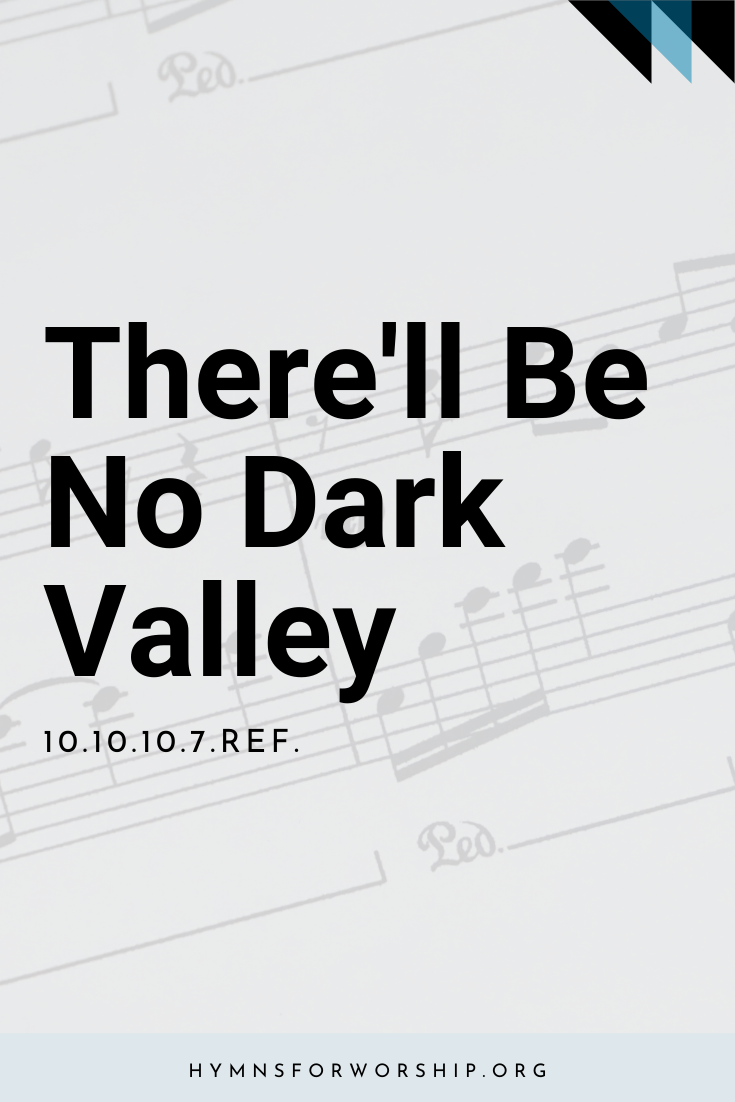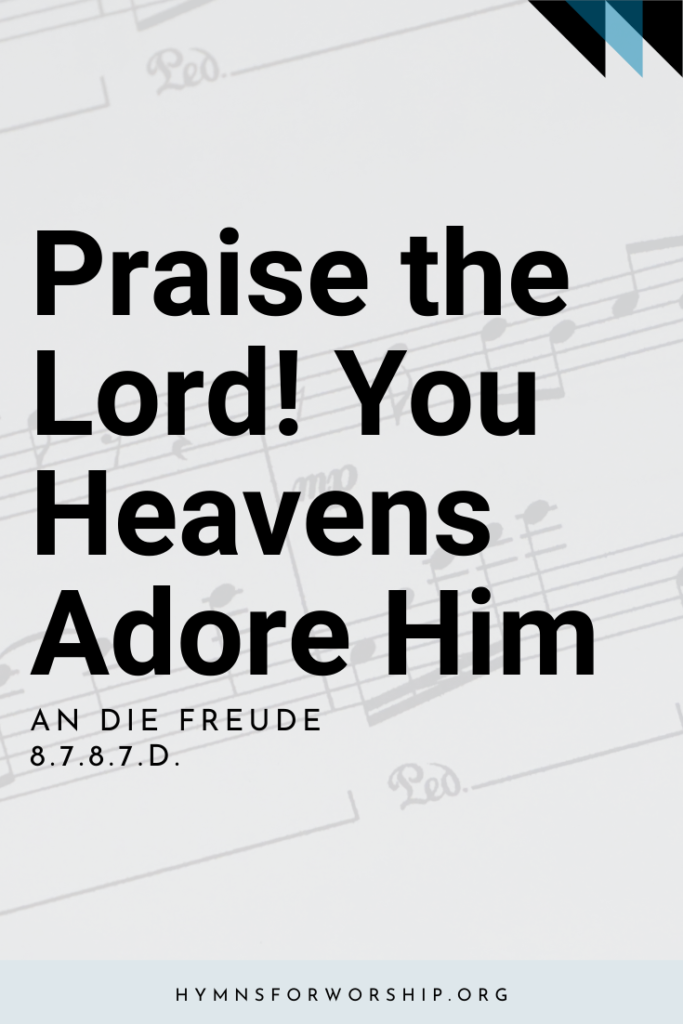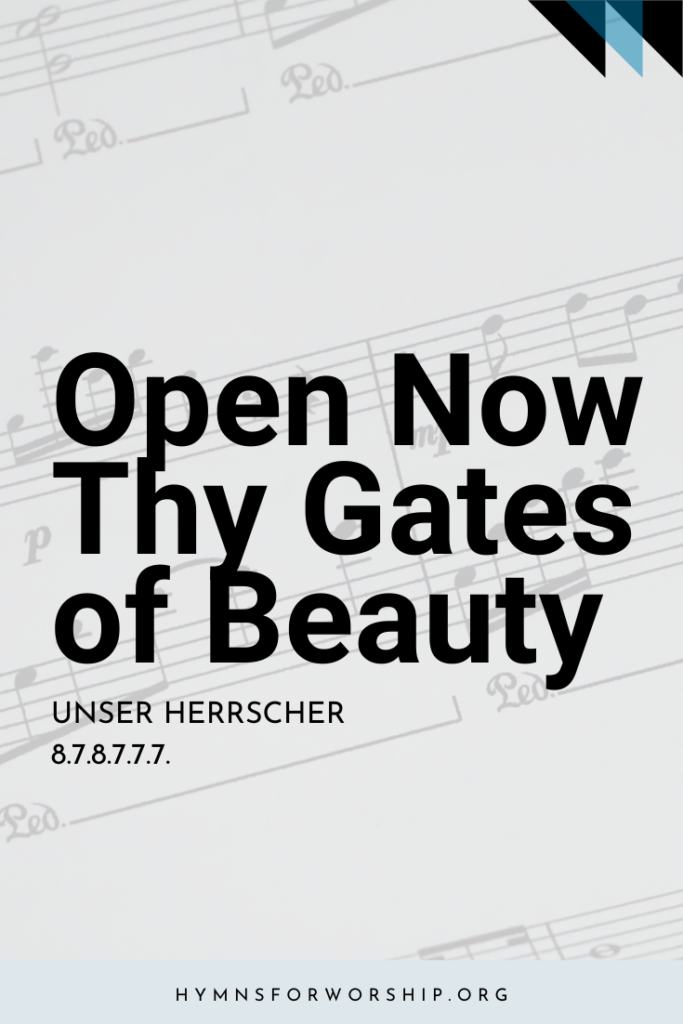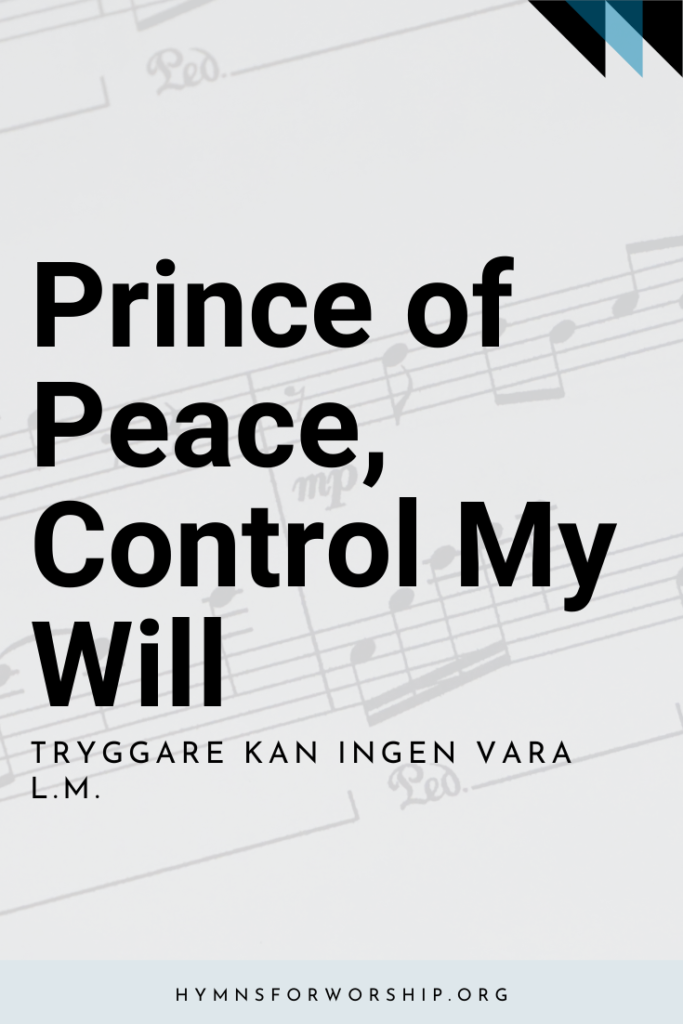JESUS CHRIST >> SECOND ADVENT
SDAH 208
There’ll be no dark valleys when Jesus comes,
There’ll be no dark valleys when Jesus comes,
There’ll be no dark valleys when Jesus comes,
To gather His loved ones home.
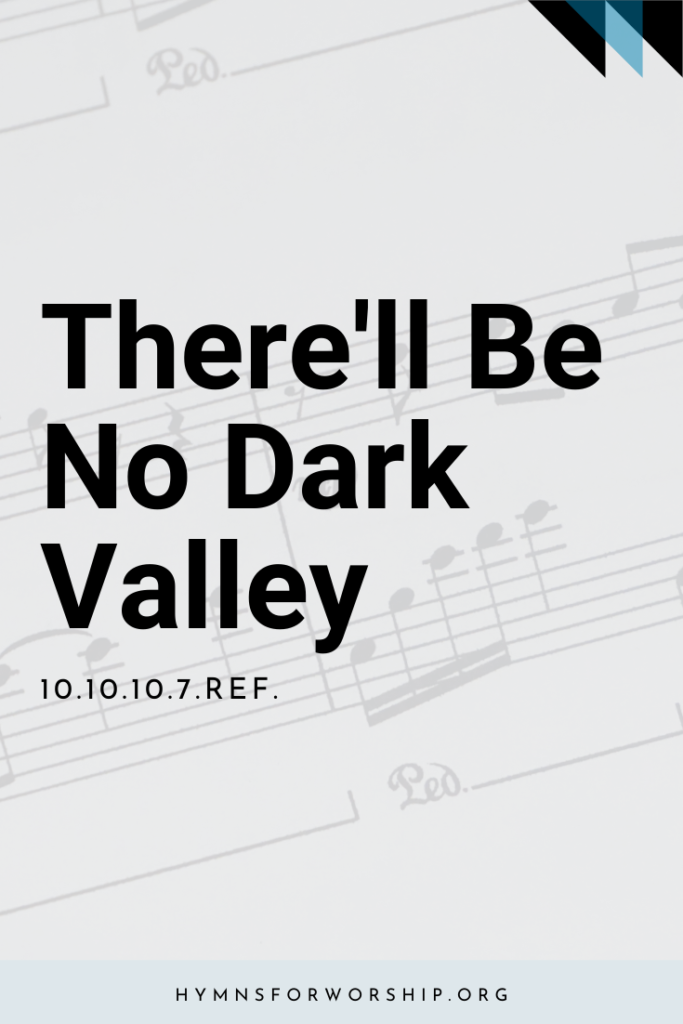

Text
1
There’ll be no dark valleys when Jesus comes,
There’ll be no dark valleys when Jesus comes,
There’ll be no dark valleys when Jesus comes,
To gather His loved ones home.
Refrain
To gather His loved ones home,
To gather His loved ones home.
There’ll be no dark valleys when Jesus comes,
To gather His loved ones home.
2
There’ll be no more sorrow when Jesus comes,
There’ll be no more sorrow when Jesus comes,
There’ll be a happy tomorrow when Jesus comes,
To gather His loved ones home.
3
There’ll be songs of greeting when Jesus comes,
There’ll be songs of greeting when Jesus comes,
There’ll be songs of greeting when Jesus comes,
To gather His loved ones home.

Hymn Info
Biblical Reference
(a) Ps 23:4 (b) Rev 21:4 (r) Isa 66:18
Author
William O. Cushing (1823-1902)
Metrical Number
10.10.10.7.Ref.
Composer
Ira D. Sankey (1840-1908)
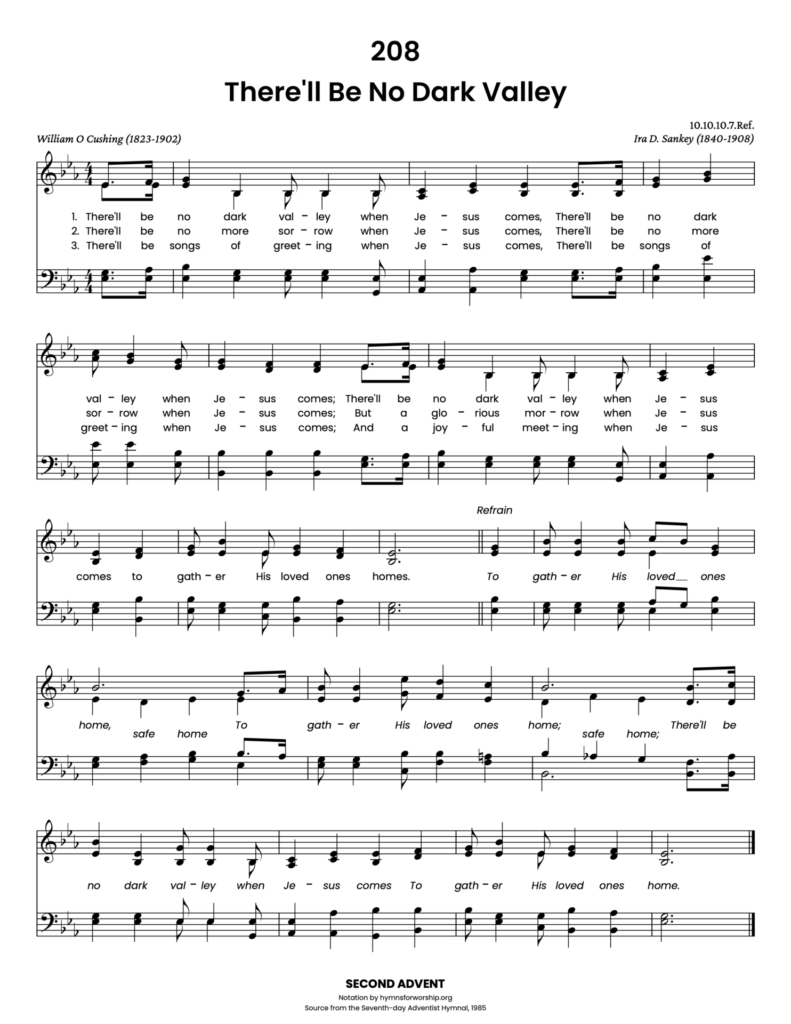
Get the hymn sheet in other keys here
Recommended Reading
This rebellion was described to be a most “violent anti-foreign, anti-colonial and anti-Christian uprising,” in that a total of 136 Protestant missionaries and 53 children, 47 Catholic priests and nuns. 30,000 Chinese Catholics, 2,000 Chinese Protestants, and 200 to 400 of the 700 Russian Orthodox Christians in Beijing were estimated to have been killed.
Many were gutted, brained, ravished, seized or beaten to death. Yet reports were given that while these Chinese Christians were under persecution, many of them sang hymns and offered prayers to God. Even the children were found faithful in that it was described, “during the scream of deadly bullets, and the roar of burning buildings, the voices of the Junior Christian Endeavour Society were heard singing, ”There’ll be no dark valley when Jesus comes.”

Christians are Christ’s jewels. They are to shine brightly for Him, shedding forth the light of His loveliness. Their luster depends on the polishing they receive. They may choose to be polished or to remain unpolished. But everyone who is pronounced worthy of a place in the Lord’s temple must submit to the polishing process. Without the polishing that the Lord gives they can reflect no more light than a common pebble.

Notes
Make each hymn more meaningful with these helpful tools: Short, ready-to-use hymn introductions for church bulletins, multiple ways to introduce a hymn based on your worship theme and in-depth history and insights to enrich your song service.
Our lesson tells us that Jesus thinks and acts in harmony with the Lord. When the time comes for the second coming of Jesus, we have an assurance that there will be no dark valley there. (Lesson 5, 1st Quarter 2021 -Wednesday, Root and Branch in One, 1/27/2021)

